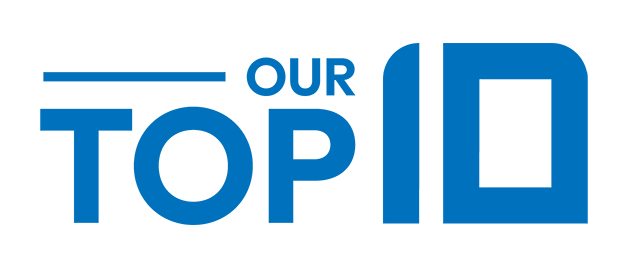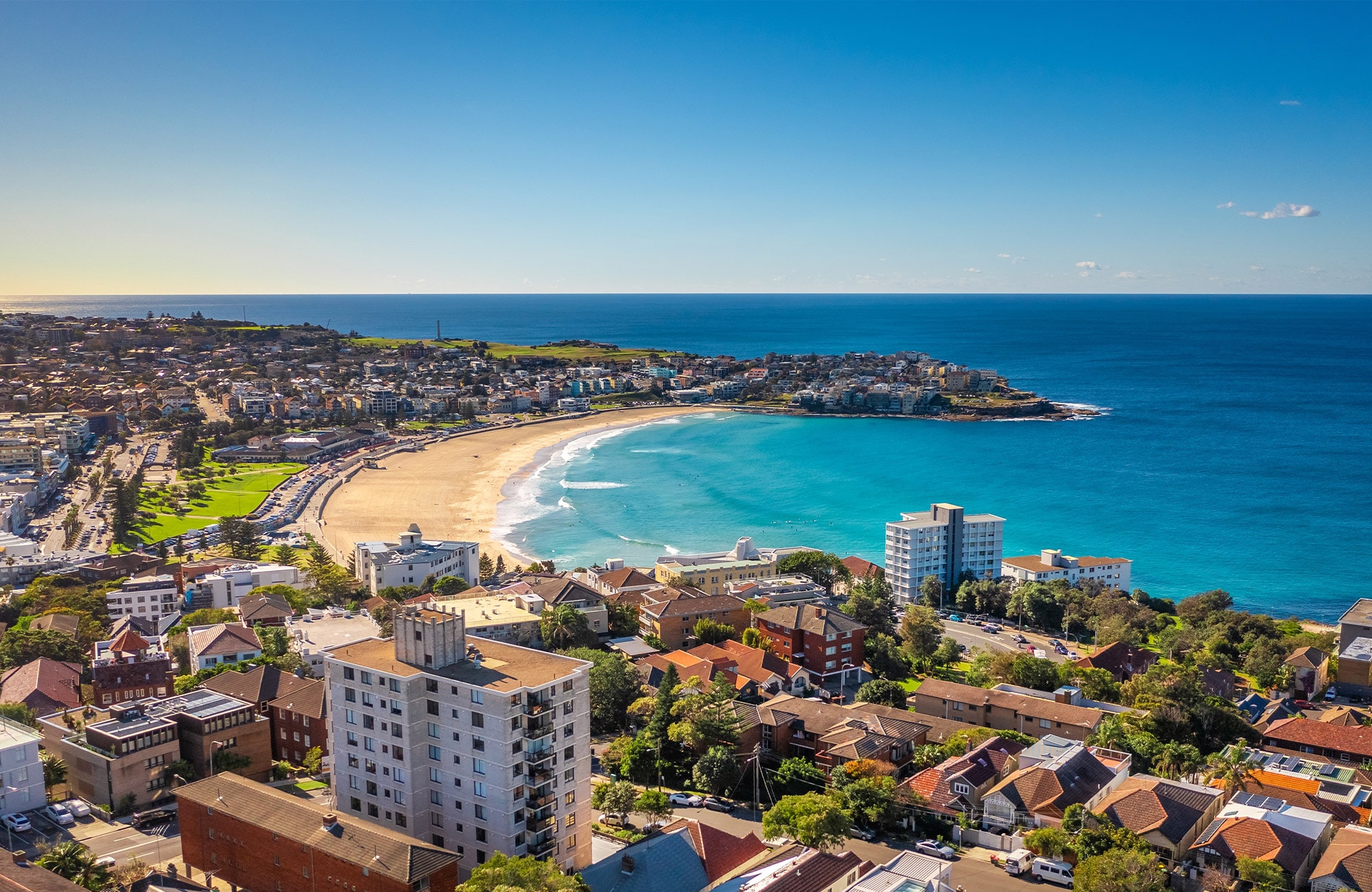As of June 2025, the average house price in Sydney is $1,486,373. That’s a small increase of 0.5% since May, but a much bigger jump when you zoom out – prices are up nearly 59% over the past 10 years.
That means Sydney remains the most expensive capital city in Australia – and despite interest rate hikes and cost-of-living pressures, the market’s still holding strong. With high demand and more growth on the horizon, it’s a good time to take a closer look at what’s really driving the numbers.
Thinking of buying or investing in property in Sydney? Check out our top picks for financial professionals in Sydney:
Current Sydney House Prices: June 2025 Snapshot
Sydney’s market is still going strong – even with high interest rates and affordability pressures. While growth has been slower than in the past, the overall trend still points upward.
Key Price Metrics:
Median house price: $1,486,373 (June 2025)
Median unit price: $859,811
Monthly growth: +0.5% from May 2025
Annual growth: +1.3% year-on-year
According to CoreLogic property market data, Sydney is still Australia’s most expensive capital city by a long way. To put it in perspective, the median house price in Melbourne is around $939,000. Brisbane’s just over $1 million. Perth sits below $850k. That price gap reflects Sydney’s strong buyer demand, limited housing supply, and role as the country’s financial powerhouse.
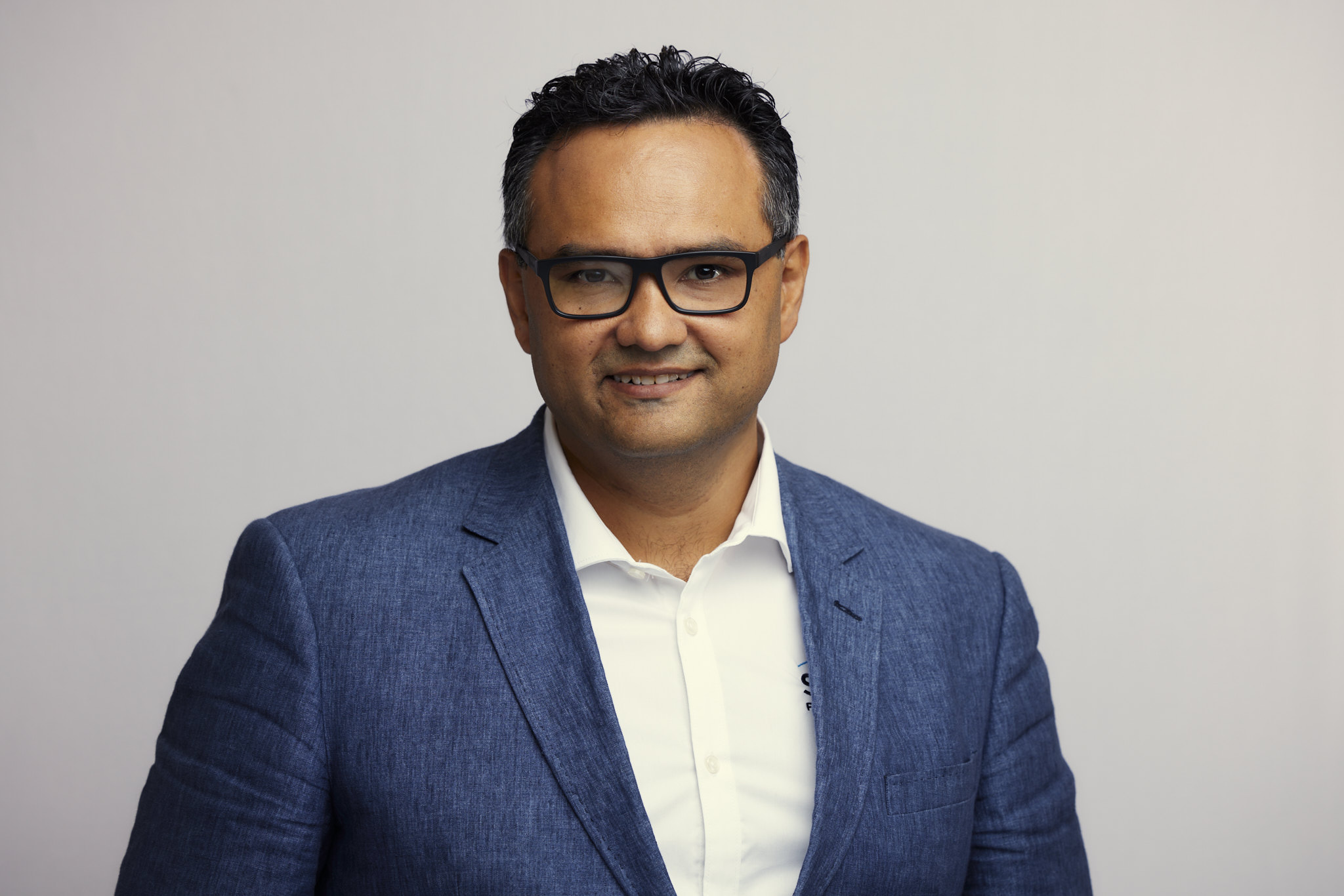
“Sydney’s housing market continues to show its long-term resilience, with the median house price reaching $1.49 million as of June 2025. While annual growth has been moderate, the combination of a tightening rental market, interest rate cuts, and ongoing supply shortages is building a strong foundation for further gains through to 2030.”
Mansour Soltani, Soren Financial
Sydney House Price Trends Throughout 2025
After modest growth in 2024, Sydney’s housing market has made a solid comeback in 2025. This has been helped by the RBA’s February rate cut – the first in more than four years. Dropping the cash rate to 4.10% gave buyers a bit of breathing room and brought a wave of fresh confidence back into the market.
First Quarter 2025 Performance Snapshot:
Rate cut gets things moving: The RBA’s February rate drop gave the market an instant boost, with buyer demand picking up straight away.
Prices on the rise: Property values lifted by 1.0% over the quarter – the biggest gain since August 2024.
Confidence returns: With better borrowing power, more buyers jumped back in, helping drive up activity.
Strong auction results: Clearance rates stayed solid, showing buyers are still willing to compete when the right property comes up.
The recent rate cuts have made a real difference, especially for first home buyers and investors. With borrowing a bit easier, more people are able to get into the market. That said, we’re not seeing runaway price growth – and that’s no surprise. Sydney’s market is more mature, and with affordability already stretched, gains are likely to stay steady rather than steep.
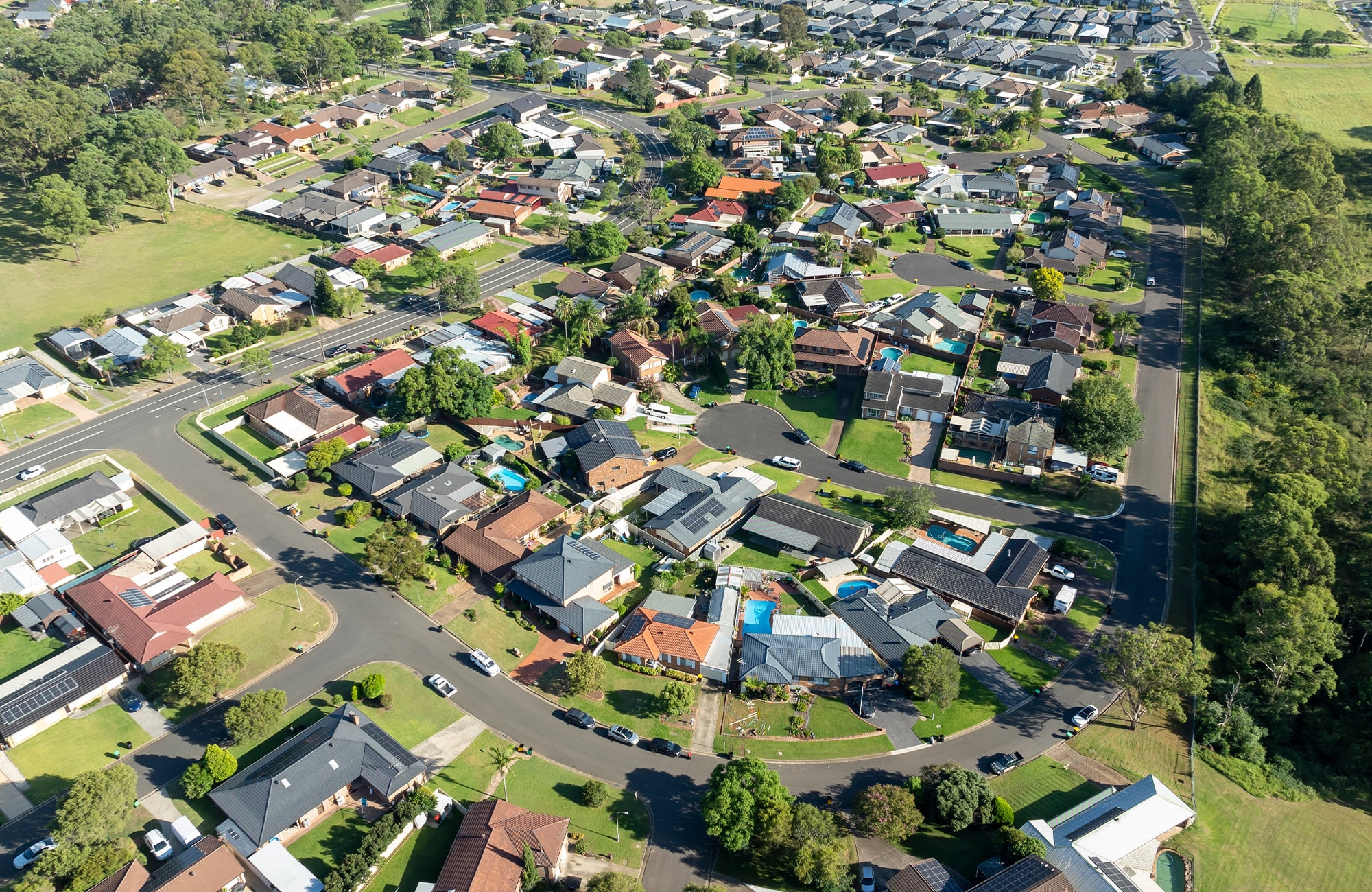
Suburb Breakdown: Where Prices Are Rising Fastest
Not all parts of Sydney are growing at the same pace. Some suburbs – especially in the west – are seeing prices jump thanks to things like new infrastructure and better affordability. Others, particularly at the top end of the market, are also notching up big dollar gains.
Top Growth Performers (12 months to June 2025):
Western Sydney Leaders
St Marys: +8.3% (highest growth across Greater Sydney)
Fairfield: +7.4% growth
Wollondilly: +7.3% increase
Eastern Suburbs Premium Markets
Bellevue Hill: +$1M+ growth year-on-year
Vaucluse: +$1M+ growth year-on-year
Point Piper: Continued blue-chip performance
Inner West Growth Hotspots
Strathfield: +$447,417 growth
Abbotsford: +$401,327 growth
Dulwich Hill: Expert-tipped for continued growth (median $2.29M)
Northern Regions
Oatlands: +$312,909 growth
West Ryde: +$305,455 growth
Melrose Park: +$301,676 growth
You’ll often hear people talk about “blue-chip” suburbs like Bellevue Hill or Vaucluse – and for good reason. They’ve seen jaw-dropping gains, clearing the million-dollar mark in growth year-on-year. Meanwhile, areas in Western Sydney such as St Marys and Fairfield, are undergoing faster – and more affordable – growth. Infrastructure projects like the new rail upgrades are major drivers here.
Expert Predictions: Sydney House Prices to End of 2025
Most financial analysts expect Sydney’s property values to continue climbing slowly through 2025. Here’s a snapshot of expert forecasts for this year:
Major Bank/Analyst Forecasts:
NAB: +2.3% growth for 2025
Westpac: +3.0% growth prediction
ANZ: +5.5% growth
KPMG: +3.3% growth
Independent Analyst Predictions:
CoreLogic suggests stable, modest growth with some suburbs seeing more momentum than others.
Domain forecasts the median house price will surpass $1.7 million before the end of 2025.
SQM Research remains cautiously optimistic, noting affordability will limit runaway growth.
What does this mean? Generally, the outlook for the rest of the year is for steady, manageable growth – not a property bubble. Everyone seems to agree that price increases are likely, but nothing explosive.
What Will Sydney House Prices Look Like by 2030?
Looking ahead, most long-term forecasts suggest there’ll be steady growth through the rest of the decade – with Sydney’s median house price likely to push past $2 million by 2030. That’s based on strong fundamentals: steady population growth, ongoing supply issues, and the fact that Sydney’s still where most of the big business and big money decisions happen.
End-of-Decade Projections:
Median house price: Expected to top $2 million
Growth rate: Around 5–6% per year, on average
Units: Likely to see stronger relative growth due to affordability pressures
Population: Australia is expected to hit 30 million by 2030, adding demand in already tight markets like Sydney

“Buyers are increasingly aware that delayed construction and population growth will continue to place upward pressure on prices – especially in well-connected, high-demand suburbs. For both first-time buyers and seasoned investors, the current market offers a unique opportunity to secure property before affordability tightens further and values trend toward the $2 million mark by the end of the decade,” explains James Haywood from Waves Financial.” explains James Haywood from Waves Financial.
James Haywood, Waves Financial
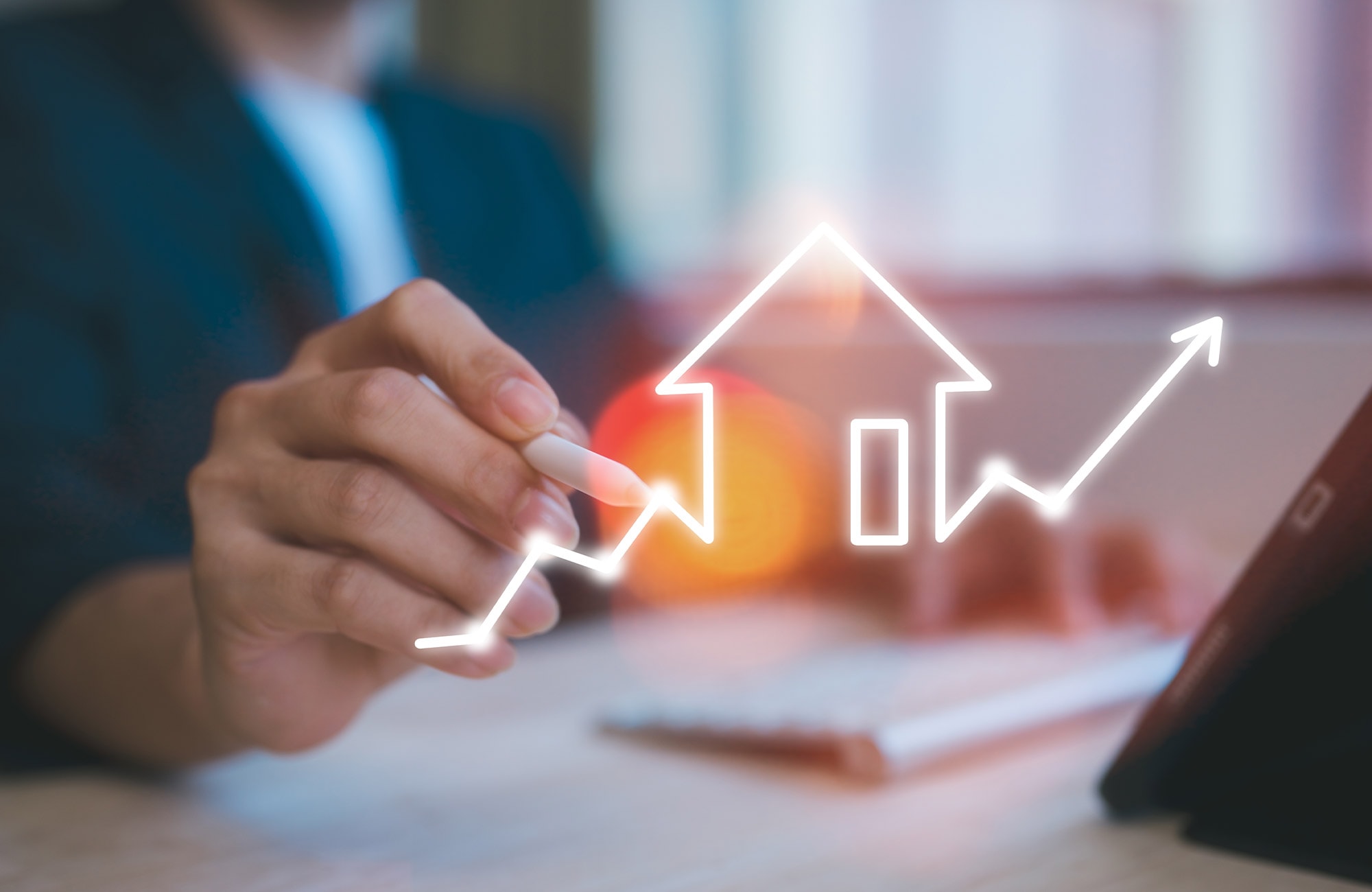
Factors Driving Sydney’s House Price Growth in 2025
Despite high interest rates and affordability pressures, several things are still pushing Sydney’s property prices upward. Here’s what’s behind the momentum:
Population Boom
Sydney’s been booming with new arrivals – mostly through overseas migration – and it’s still the number one destination for people moving to Australia. More people means more competition for homes, and right now, there just aren’t enough to go around.
Supply Shortage
Construction has slowed down, the price of building a house has gone up, and new homes simply aren’t being built fast enough to keep up with population growth. That means more buyers are chasing fewer properties – particularly established homes – which is driving values higher across many parts of Sydney.
Interest Rate Environment
The RBA’s rate cut in February gave buyers a much-needed breather. It improved borrowing power and gave people a reason to re-enter the market. With more cuts on the horizon, sentiment is improving further – especially among first home buyers and those looking to upgrade.
Employment Growth
NSW unemployment is sitting just below the national average of 4.1%. With steady work and rising incomes, more people feel financially secure enough to buy, keeping demand strong.
Infrastructure Investment
Big developments like the Western Sydney Airport and Metro expansion aren’t just adding transport options – they’re unlocking new lifestyle hubs and boosting confidence in long-term growth. That’s drawing more buyers into suburbs connected to these upgrades.
Investment Activity
Vacancy rates across Sydney remain low at 1.5%, and rents have risen sharply in many suburbs. That’s pulling investors back in, with solid yields and the potential for capital growth making Sydney feel like a smart long-term play again.
Property Prices in Sydney vs Other Australian Capital Cities
Sydney is still the most expensive property market in the country – by a long way. But while it leads on price, other capitals have been seeing stronger growth rates thanks to better affordability and migration trends.
Capital City Comparison (June 2025):
City | Median House Price | Annual Growth | Affordability Index |
Sydney | $1,486,373 | +1.3% | Least Affordable |
Melbourne | $939,965 | +0.8% | Low Affordability |
Brisbane | $1,000,422 | +5.2% | Moderate Affordability |
Perth | $848,980 | +4.1% | Moderate Affordability |
Adelaide | $882,157 | +3.8% | Better Affordability |
So what’s driving the difference?
While Sydney remains the financial and economic hub – with prices to match – buyers have been flocking to cities like Brisbane and Perth in search of better value and lifestyle. These more affordable markets are attracting interstate migrants, especially from NSW and Victoria, helping to fuel stronger growth.
That said, Sydney still holds its own. Despite high prices and tighter borrowing power, demand from higher-income households and investors has kept things steady. And for many, Sydney’s job opportunities, schools, and long-term capital growth potential make it a market worth stretching for.
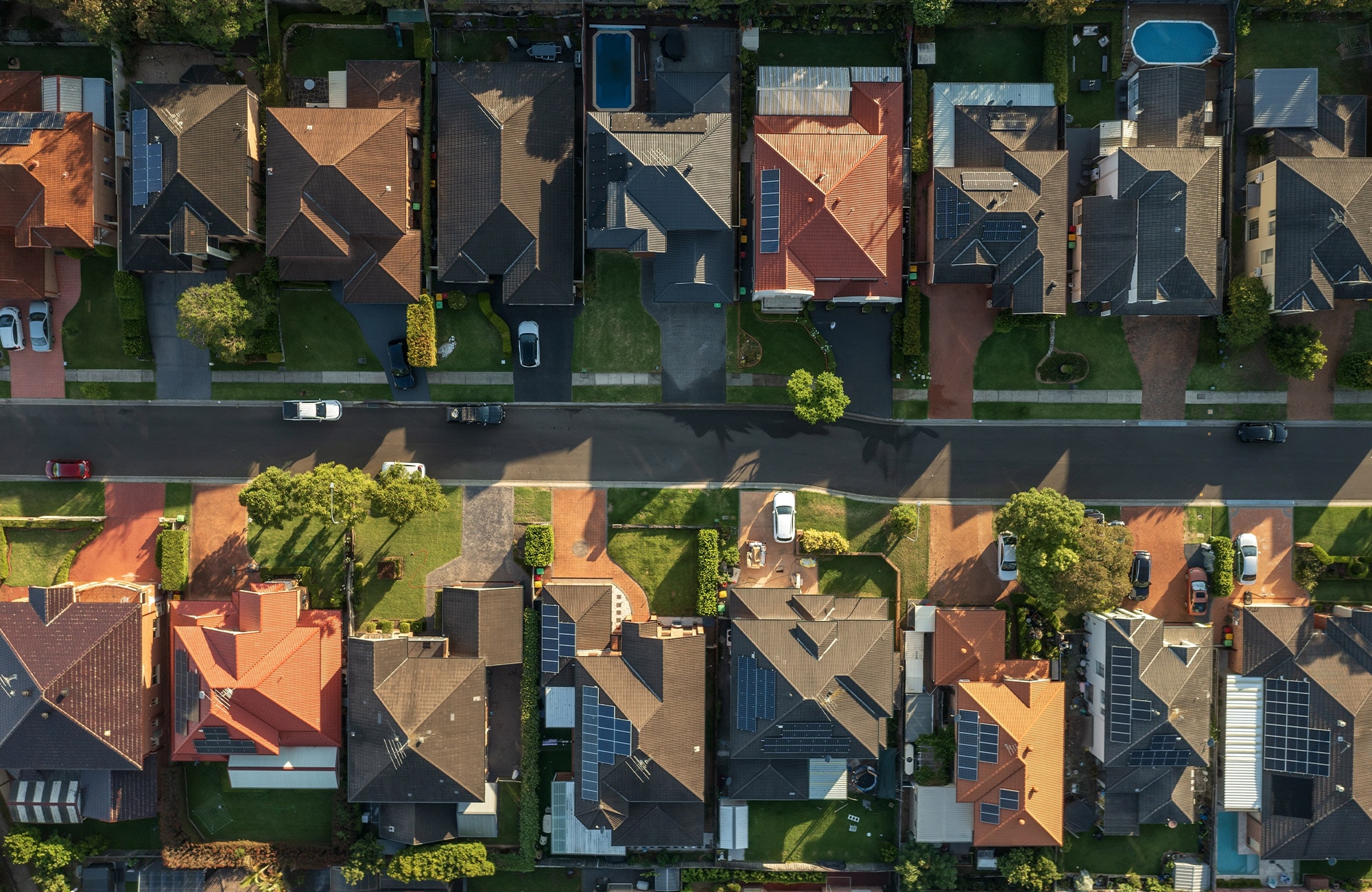
Sydney Rental Market Impact on House Prices
Sydney’s red-hot rental market is playing a big part in propping up property prices. With vacancies close to historic lows and rents surging, it’s no surprise investors – and renters – are getting more active.
Current Rental Market Conditions:
Vacancy Rate: 1.5% (exceptionally low)
Median Weekly Rent: $773 (highest in Australia)
Rental Yield: Houses 3.5%, Units 4.5%
Annual Rental Growth: Approximately 8-10%
Vacancy rates this low mean one thing: renters are scrambling for options. That shortage is driving up both rents and property prices.
Why It Matters for Buyers and Investors:
Investors are back: Better returns are drawing more investors into the market.
Renters are getting fed up: Many are deciding it’s better to buy than keep paying high rents.
Pressure on prices: Fewer rentals = more buyers competing for homes.
Outer suburbs heating up: With inner-city rents out of reach, demand is spilling into more affordable areas.
The bottom line? Sydney’s tight rental market is adding fuel to the property fire – especially in suburbs where housing is still (relatively) affordable.
First Home Buyer Outlook: Affordability in Sydney 2025
Let’s be honest – breaking into Sydney’s property market as a first home buyer isn’t easy. Even with government support, high prices and tough lending conditions mean most people need to get creative to get a foot in the door.
The Reality Check:
Income needed: Around $180K+ household income to afford the median house
Deposit: You’ll need about $297K for a 20% deposit on that $1.48M median
Time to save: At average income levels, it takes over 10 years to save a full deposit
Mortgage pressure: Expect to spend 45–50% of your income on repayments
Affordable Entry Strategies:
Go for a unit: With a median price of $859K, apartments are far more affordable than houses.
Look further out: Suburbs in Western Sydney and outer regions offer better value for money.
Use the help available: First Home Owner Grants and stamp duty concessions can reduce upfront costs.
Shared ownership: Splitting the buy with a friend or family member (or getting them to act as a guarantor) is becoming more common.
Recommended Affordable Suburbs for First Home Buyers:
Western Sydney: St Marys, Fairfield, Blacktown
Outer South: Campbelltown, Camden, Wollondilly
Northern Outskirts: Kellyville, Rouse Hill, Castle Hill
Unit Markets: Parramatta, Liverpool, Penrith
More first home buyers are turning to units and outer-suburb houses to get started – not just because they’re cheaper, but because they offer better value in today’s market. With the right strategy and a clear plan, buying your first home in Sydney is still possible – even if it takes a few creative steps to make it happen.
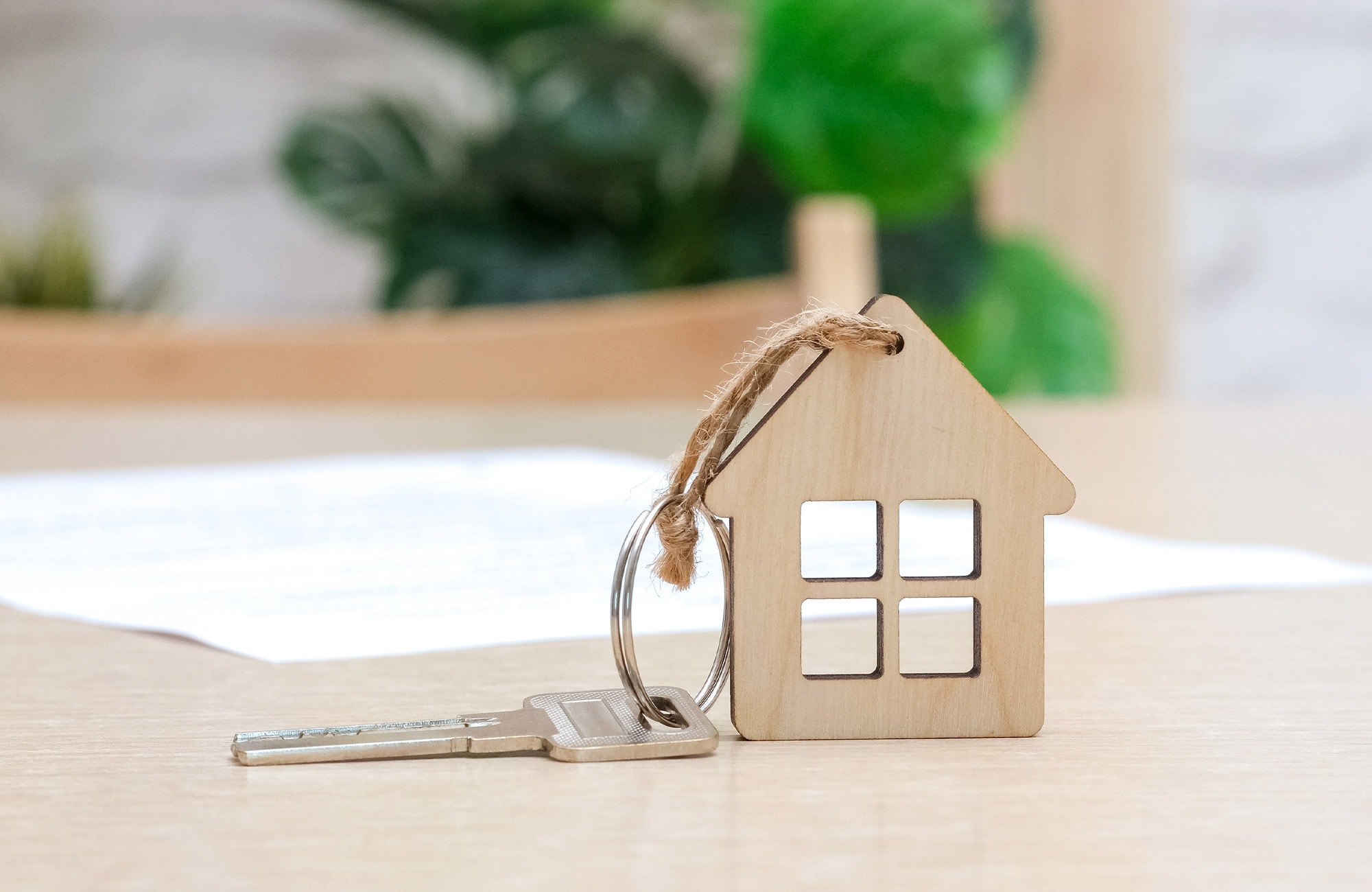
Market Challenges and Risks for Sydney Property in 2025
Sydney’s property market is holding up well in 2025 – but that doesn’t mean it’s smooth sailing from here on out. A few key risks could shape where things head next, especially when it comes to price growth, affordability, and buyer confidence.
Affordability Hitting a Ceiling
Sydney property isn’t cheap. Prices have reached levels where many average earners are locked out, even with government help. That shrinking buyer pool could start to put the brakes on growth, especially in more expensive suburbs.
Sensitivity to Interest Rates
Yes, the rate cuts this year have been a big help – but the market’s still walking a tightrope. If rates were to rise again unexpectedly, borrowing power would go down, and prices could wobble. With household debt still sky-high, even small changes have a large impact.
Broader Economic Uncertainty
From inflation and job security to global market jitters – there’s a lot that can affect buyer sentiment. If unemployment goes up or inflation rises again, people might hold off on big financial decisions like buying property.
Ongoing Supply and Demand Pressures
Sydney’s housing shortage has been pushing prices up for years. But if developers increase construction or migration levels dip, that balance between supply and demand could shift – cooling certain parts of the market.
Policy and Regulatory Changes
Government decisions can swing the market pretty quickly. New tax rules, zoning changes, or tweaks to foreign investment laws could either open the floodgates or slam the brakes on demand. It’s something buyers and investors will need to keep an eye on.
How to Stay Ahead of the Curve
If you want to stay one step ahead in this market, you need to think beyond just rising prices. Here’s how you can keep an edge in 2025:
Think beyond capital growth: Sure, capital gains are great – but they’re only part of the picture. With interest rates still shifting, solid rental yields and positive cash flow can make all the difference, especially if you’re holding long-term.
Stick to the fundamentals: Properties in well-located suburbs with good access to transport, jobs, and schools generally hold their value better – even when the market hits a rough patch. Don’t overlook the power of location and demand.
Diversify your portfolio: If you’re a property investor, diversifying across different suburbs, cities, or property types can help protect you if one part of the market slows down. It’s a simple way to reduce risk and keep your options open.
Stay informed: Markets shift. Policies change. And interest rates never stay still for long. Staying up to date with economic trends and government announcements means you’ll be ready to act – not just react.
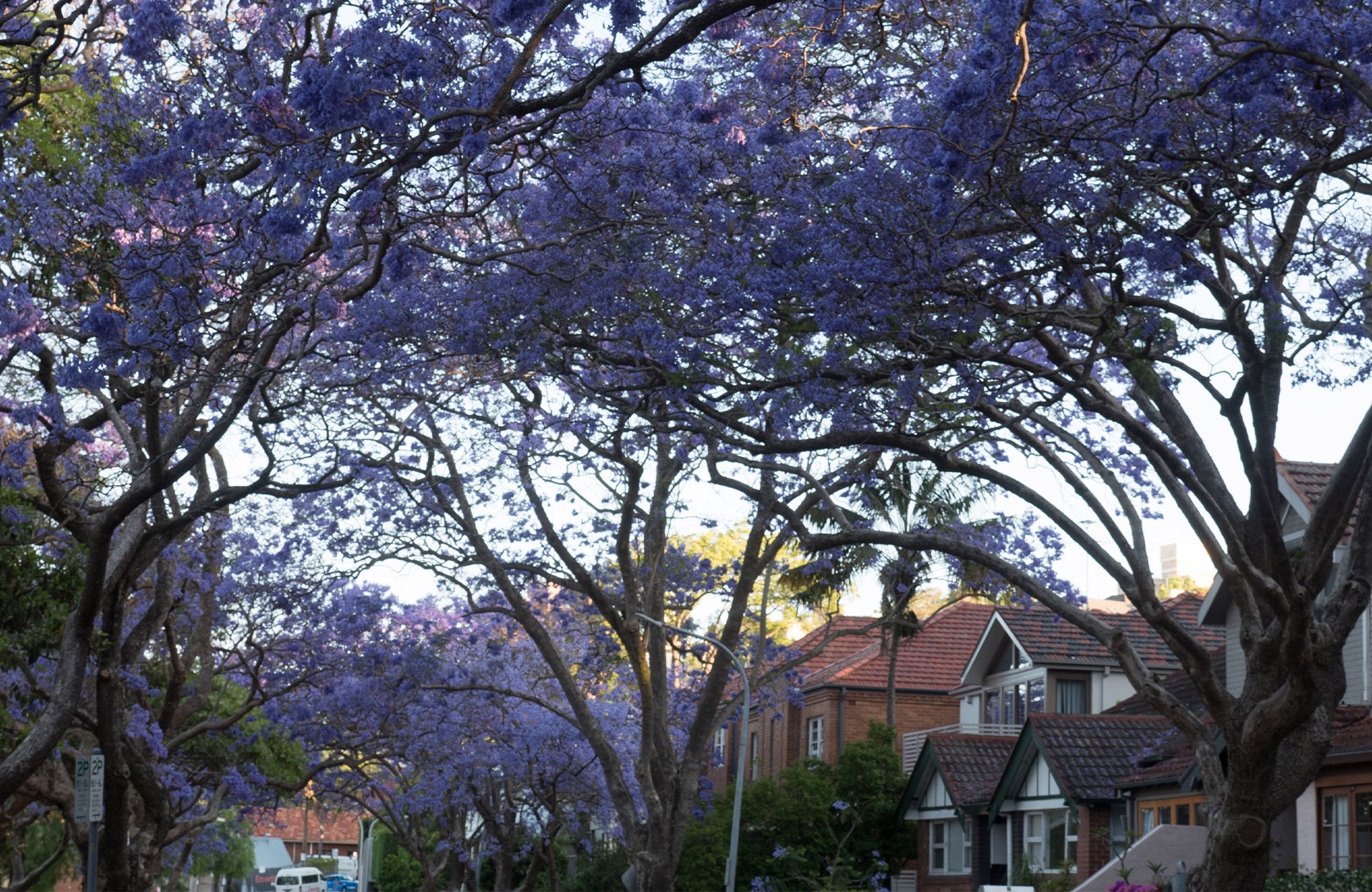
What Sydney’s House Price Trends Mean for 2025 and Beyond
Sydney’s property prices in 2025 are still incredibly high – and there’s more growth on the horizon. While the days of double-digit increases might be in the past (for now), limited supply, strong demand, and surging rental prices continue to push property prices up.
That being said, whether you’re a first-time buyer, experienced investor, or somewhere in between, there are still plenty of opportunities out there if you know where to look. The key is to go in with a clear plan. You need to understand your borrowing power, set realistic goals, and work with professionals who know the Sydney market inside and out.
If you’d like help buying property in Sydney, check out our top 10 guides on the best financial professionals in the city.
Frequently Asked Questions
What is the average price of a house in Sydney?
As of June 2025, the average house price in Sydney is $1.49 million. That’s a modest 0.5% lift from May – but over the past decade, prices have jumped by nearly 59%. It’s still the most expensive capital city in the country.
Why is Sydney property so expensive?
A few main reasons: there’s limited land to build on, strong population growth, and a housing shortage that’s been building for years. Combine that with Sydney’s position as Australia’s financial centre, and demand continues to outpace supply.
What is the most expensive suburb to buy in Sydney?
The most expensive suburbs in Sydney are in the East, with Point Piper, Bellevue Hill and Vaucluse leading the market. These prestigious areas have seen price increases of over $1 million year-on-year, with median house prices often exceeding $5-8 million.
Which Sydney suburbs are experiencing the fastest price growth?
Western Sydney is leading the charge in 2025. Suburbs like St Marys (+8.3%), Fairfield (+7.4%), and Wollondilly (+7.3%) are seeing strong growth, driven by infrastructure investment and relative affordability compared to inner-city areas.
How do Sydney house prices compare to other Australian cities?
Sydney is still the most expensive city in Australia. The median house price is around $1.49 million. Melbourne is sitting closer to $940K, Brisbane around $1M, and both Perth and Adelaide are under $900K. That price gap isn’t closing anytime soon.
What will Sydney house prices be by the end of 2025?
Most forecasts suggest moderate growth through to December, with Sydney’s median house price tipped to reach around $1.7 million. Some banks, like ANZ, are forecasting up to 5.5% growth, while others are a bit more conservative.
Will Sydney ever be affordable again?
Affordability is still a major challenge – and likely will be for some time. But there are still opportunities. Government schemes, unit markets, and outer suburbs are helping some buyers get a foot in the door. It’s not easy, but it’s not impossible either.
What is the median price of houses in the eastern suburbs of Sydney?
It depends on the suburb. Premium postcodes like Bellevue Hill and Vaucluse regularly exceed $5–8 million. More accessible areas like Randwick, Coogee, and Maroubra tend to fall between $2–4 million.
How much did a house cost in 2000 in Sydney?
Back in 2000, the median house price was around $360,000. Today it’s more than four times that. Over the past 25 years, that’s an average annual growth rate of around 6.1%.
Which states offer better value than Sydney?
There are quite a few. Tasmania is currently the most affordable, with Hobart sitting around $715K. Adelaide and Perth are also far more budget-friendly, making them attractive alternatives for buyers priced out of Sydney.
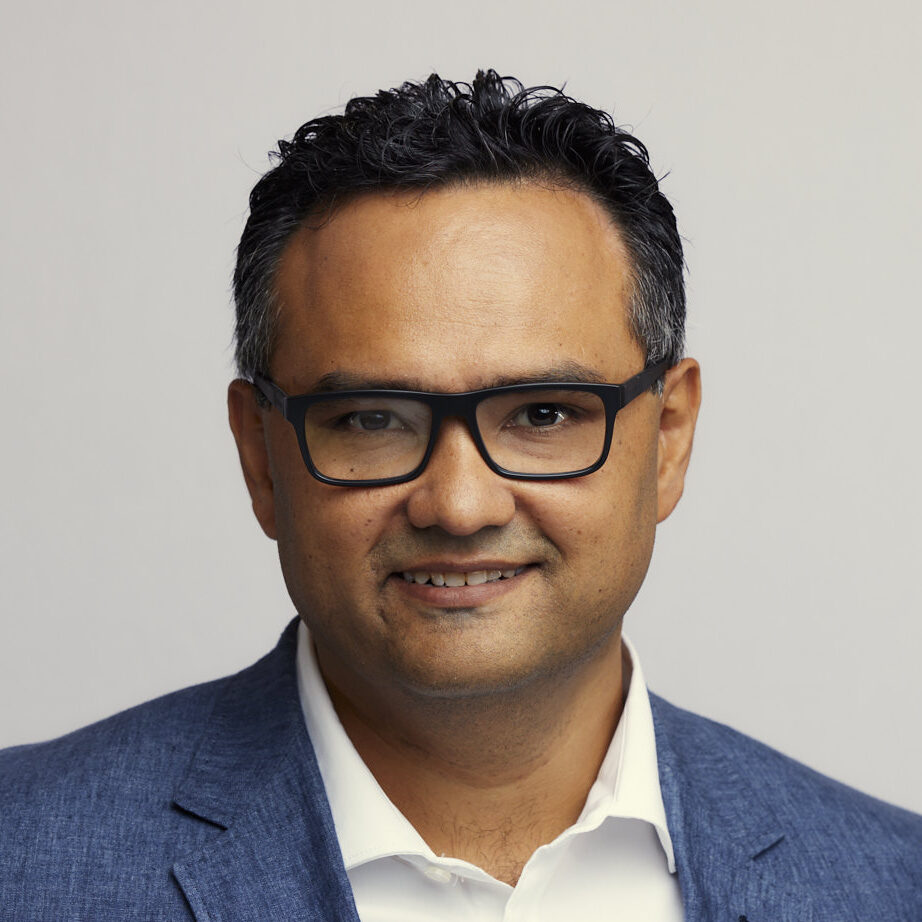
MANSOUR SOLTANI
With over two decades of experience in Australia’s real estate sector, Mansour has built a career specialising in the acquisition and sale of investment and commercial properties, spanning major metropolitan hubs and regional areas. As the founder and owner of a finance brokerage firm, he manages a loan portfolio exceeding $100 million while serving a broad range of clients nationwide.
A frequent contributor to money.com.au, Mansour has developed a deep understanding of diverse investment strategies, enabling him to provide valuable, well-informed perspectives on market trends and opportunities.
